the particle size range of sand r
2022-02-03T09:02:10+00:00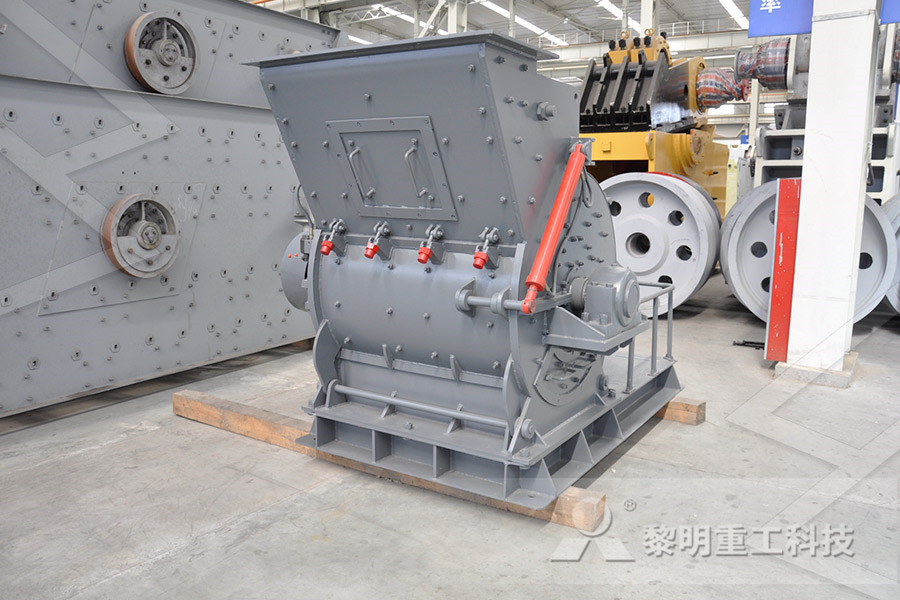
What is the particle size of sand? FindAnyAnswer
15/02/2020 By another definition, in terms of particle size as used by geologists, sand particles range in diameter from 00625 mm (or ? 1 ⁄ 16 mm) to 2 mm An individual particle in this range size is termed a sand grain16 lignes Particle size, also called grain size, means the diameter of individual grains of Particle size (grain size) Simple English Wikipedia, the 25/02/2020 Sand ranges from 005 to 20 mm Particles larger than 20 mm are called gravel or stones Most soils contain a mixture of sand, silt and clay in different proportions The size of soil particles is important What are the 3 types of soil particles?What is the particle size of sandy soil
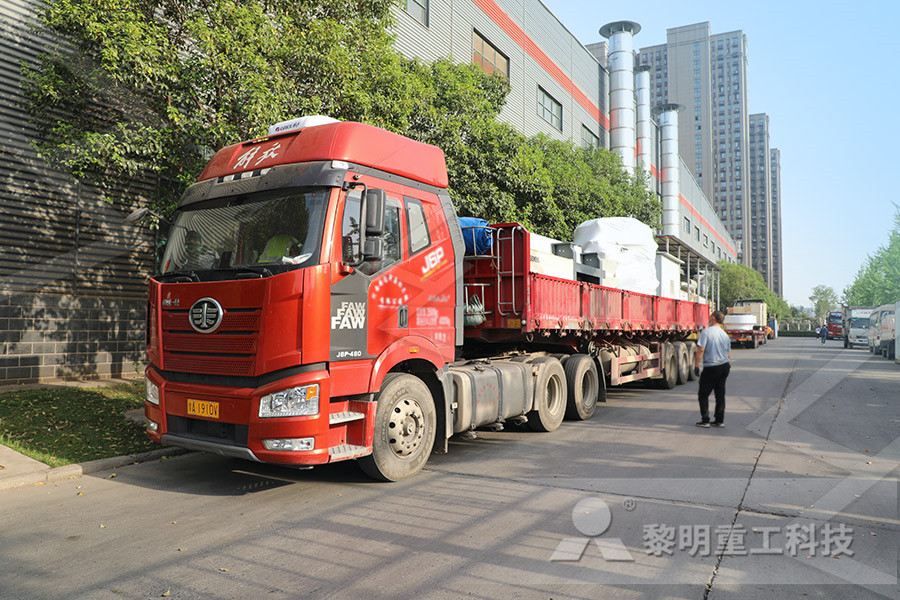
(PDF) Contribution of Particles Size Ranges to Sand Friction
tenth sample in Table I (S10) is composed of 50% of the smallest class and 50% of the biggest class [08, 063] mm [063, 05] mm [05, 0315] mm the particle size range of sand 16 rows Particle size also called grain size means the diameter of individual grains of sediment or the lithified particles in clastic rocks The term may also be used for other granular materials approx inches Wentworth Class Very coarse gravel 0157–031 in 0079–0157 in Very fine gravel 0039–0079 in Very coarse sand As a leading the particle size range of sand22/03/2022 For particles under 086mm, a hydrometer must be performed and the diameter of the particle is specified There is a diameter of 065 mm How Do You Calculate Effective Particle Size? Keeping one on top of the other, line one end of the sieve with the 001 mm sieve, then cover it with an inch of flourHow To Calculate Effective Size Of Sand? – modeladvisor
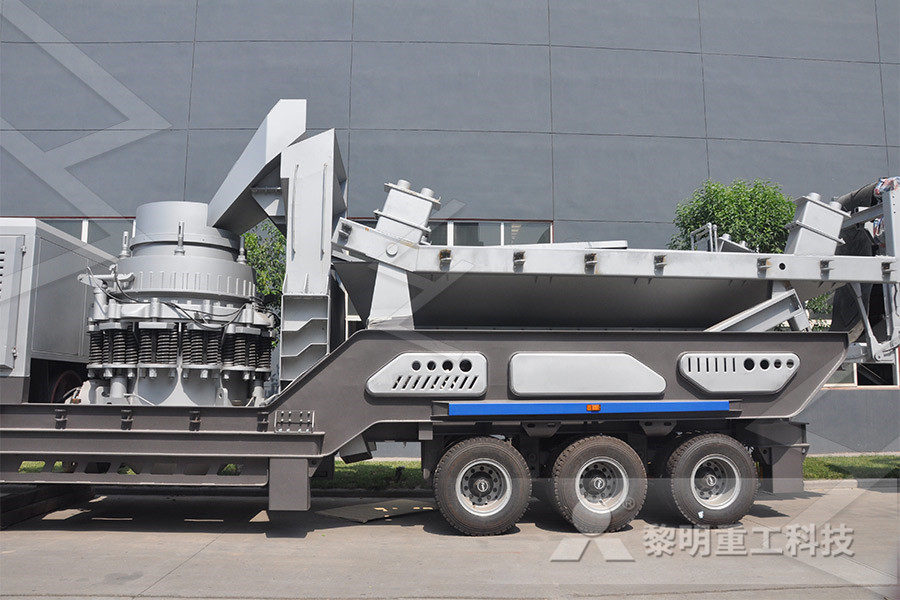
Effect of the particle size range of construction and
01/09/2019 The lowest flowability values were registered on mortars prepared with aggregates of broader size distribution (05–20 mm): 126 mm and 133 mm, respectively for CDW and sand The extended particle size range will increase the packing density of the fresh mortars, and more compact systems reach higher yield stress values(particle size analysis) for the sand portion isdone using a setofscreens which have mesh sizes that retain the various ranges ofsand particles Estimating the silt and clay is more complicated as it requires measuring the rate of settling of the particles in water The analysis is based on a law of physics which says that small diameter particlesSAND, SILT and CLAY Michigan State UniversityGrain size (or particle size) is the diameter of individual grains of sediment, or the lithified particles in clastic rocks The term may also be applied to other granular materials This is different from the crystallite size, which refers to the size of a single crystal inside a particle or grain A single grain can be composed of several crystals Granular material can range from very small colloidal particles, through clay, silt, sand, gravel, and cobbles, to boulders Grain size Wikipedia
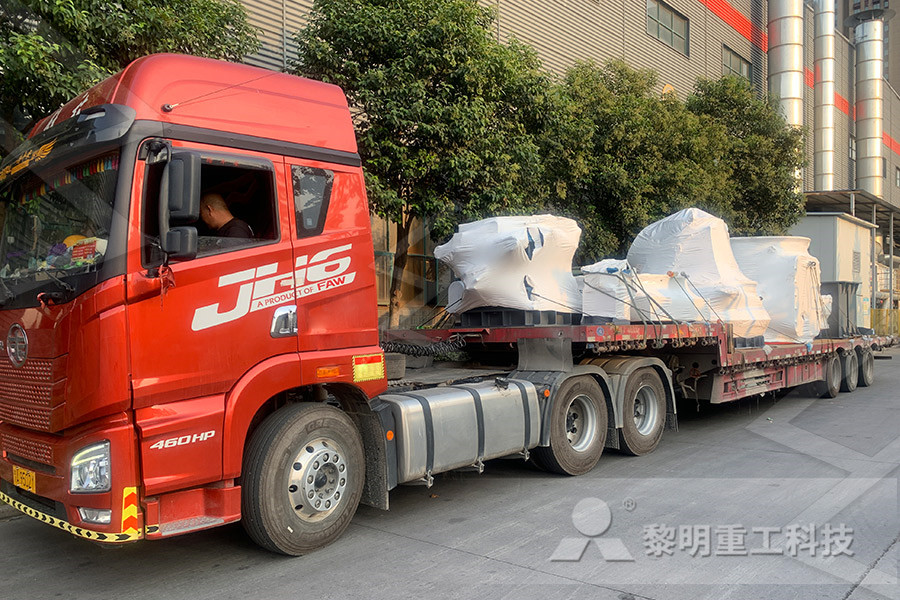
What is the particle size of sandy soil
25/02/2020 What is the particle size of sandy soil? 005 to 20 mm Sand ranges from 005 to 20 mm Particles larger than 20 mm are called gravel or stones Most soils contain a mixture of sand, silt and clay in different proportions The size of soil particles is important09/12/2021 Sand consists of grains of particle size ranging from 00625 to 2 mm (0002–008 in) It pertains to particles that lie between silt and granules on the Wentworth scale of grain size Sand size class ranges from −10 to 40 (phi)Quick Answer: What Is The Particle Size Of Sand 17/04/2017 25% by volume in the size range of 025 to 05 mm (+/ 2%) less than 025 mm (combined, including silt) at a maximum of 8% by volume (less is better) FYI, with this particle size distribution I experienced lateral water movement in pristine furrows (very first irrigation) of approximately 4 to 5 meters in length – no problem For furrows of SAND particle size distribution recommendation and Costs

(PDF) Contribution of Particles Size Ranges to Sand Friction
Eighteen samples referred to above (one of actual Tergha sand (Algeria), seven samples with different particle size ranges and ten reconstituted samples with random percentages of 22/03/2022 Written by Noah March 22, 2022 An effective surface size is determined by how many portions of the sand are smaller and how much they are larger A uniformity coefficient is calculated by comparing the size particles of sand By way of definition, the clay content refers to how much of the aggregate consists of sand with the diameter0* 1 mmHow To Calculate Effective Size Of Sand? – modeladvisorLike most industries we work with on particle size analysis, frac sand is held to specific standards by the American Petroleum Institute (API) and the International Organization for Standardization (ISO) Frac sand is named by the size of the grains The coarsest material standard for frac sand is 20/40 This means that 90 percent of the sand is fine enough to pass Particle Size Analysis The Frac Sand Industry
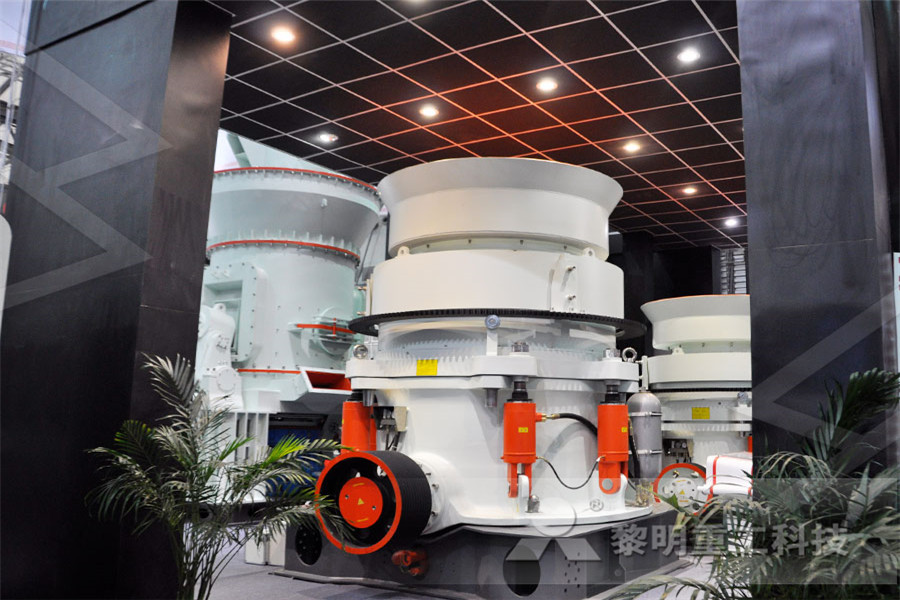
Effect of the particle size range of construction and
01/09/2019 The effect of the sand substitution by CDW and the influence of the particle size range of CDW fine aggregates on the fresh and hardened properties of the mortars were evaluated Geopolymer mortars were produced using biomass fly ash waste and metakaolin as a binder, CDW as fine aggregates, and an alkali solution of sodium silicate and sodium variation in the size ranges assigned to the various descriptive names such as clay, silt, and sand There is even more variation in subdivisions of major groups Considerable compromising would be required to estab lish a common particlesize classification system for soilsREVIEW OF PARTICLESIZE CLASSIFICATIONS OF SOILS09/07/2019 Fine sand – particles between 02 mm and 002 mm in diameter The closer the particles pack together because of particle size, the less permeable the soil is Permeability of soil is measured by calculating the rate of drainage of water through it pH: Soils can be basic or acidic and usually measure the pH of the soil is found to be in the range 4 – 10 pH less than 7 Soil Profile: Particle size, colour, constituents of soil
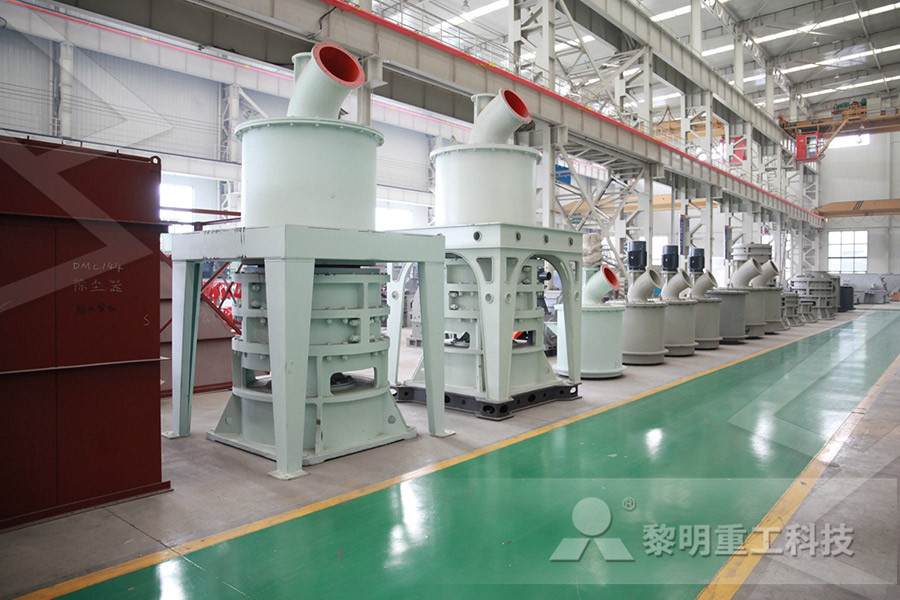
(PDF) Effect of base sand particle size on the properties
Particle size distribution of the natural sand, the grain fineness number, average grain size, grain shape and the clay content of the natural sand were also studied 5% moisture gave the optimum 17/04/2017 25% by volume in the size range of 025 to 05 mm (+/ 2%) less than 025 mm (combined, including silt) at a maximum of 8% by volume (less is better) FYI, with this particle size distribution I experienced lateral water movement in pristine furrows (very first irrigation) of approximately 4 to 5 meters in length – no problem For furrows of SAND particle size distribution recommendation and Costs Sand is a granular material made up of fine rock particles Sand is a naturally occurring, finely divided rock, comprising particles or granules ranging in size from 00625 (or 1⁄16) to 2 millimeters An individual particle in this range size is termed a sand grain Is sand angular or rounded? Sand is usually created when water and/or wind What Is The Particle Size Of Sand? [Comprehensive Answer]
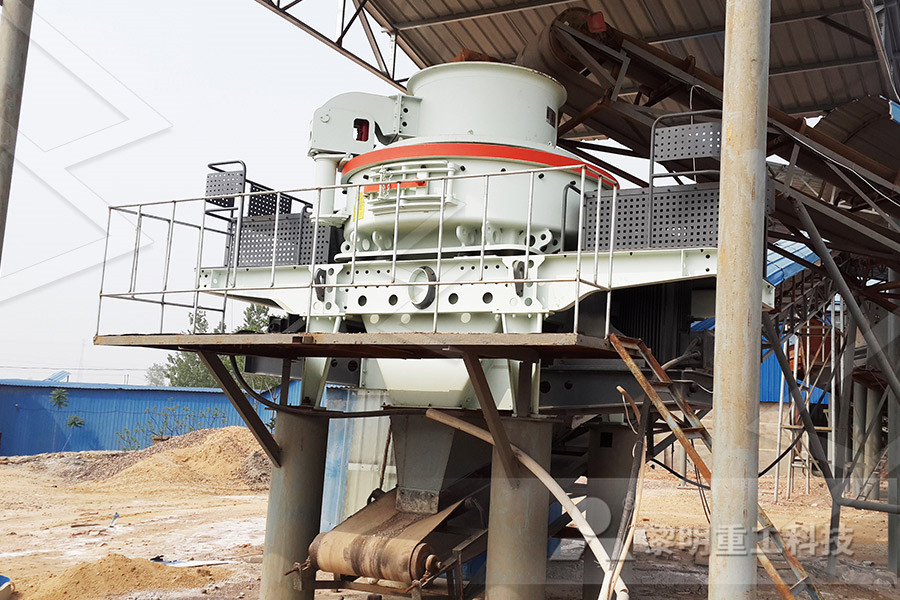
How To Calculate Effective Size Of Sand? – modeladvisor
22/03/2022 Written by Noah March 22, 2022 An effective surface size is determined by how many portions of the sand are smaller and how much they are larger A uniformity coefficient is calculated by comparing the size particles of sand By way of definition, the clay content refers to how much of the aggregate consists of sand with the diameter0* 1 mm"Particles of sand range in size from 2 to 005 mm in diameter; those of silt from 005 to 0002 mm and those of clay smaller than 0002 mm" 005–2 mm: Glossary Erosion and Sediment Control Management System Lake Macquarie, Australia: 9 September 1999 "Sand consists of particles consisting largely of quartz grains between 002 mm and 200 mm in diameter Fine Diameter of a Grain of Sand The Physics Factbook24/09/2021 The particle size distribution of the sample was measured with a laser particle size analyzer (Bettersize 2000; measurement range: 002–2000 μm), as exhibited in Figure 2 The particle size analyses of the testing soil indicated that its clay and silt contents were 448% and 5525%, respectively, with no sand particles inside The mineral composition and its The Influences of Sand Content and Particle Size on the
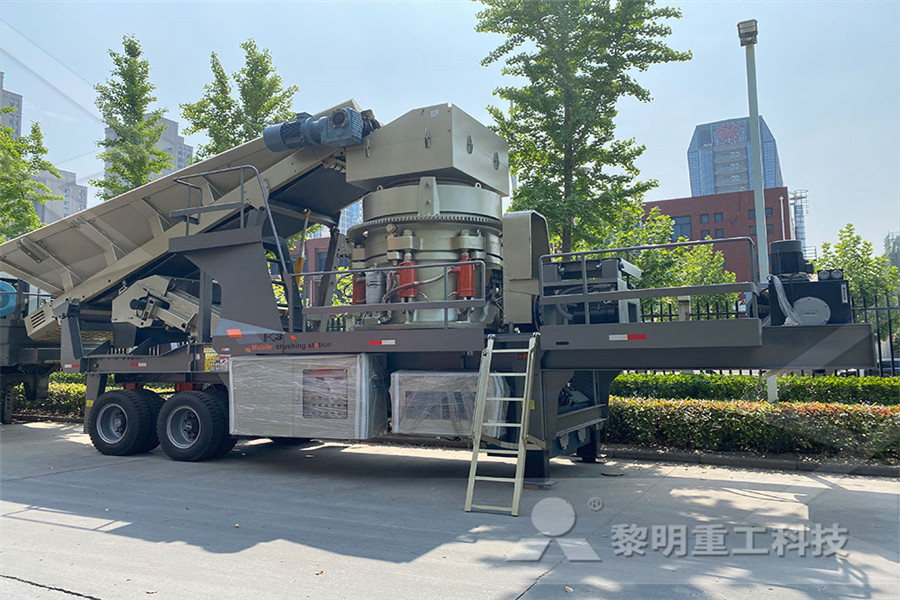
Influence of the sand particle shape on particle size
pensi on does not give s uch a we ll defi ned range of the siz e particle size boundaries are fuzzy; – selection of bigger size fraction s can cause p rob lems with homogenisation of the suspension during the measurements (Socha n et al, 2012) The summary of basi c informati on about t he inve sti gate d sam ples is s hown in Table 1 Sieving of the investigated fraction of variation in the size ranges assigned to the various descriptive names such as clay, silt, and sand There is even more variation in subdivisions of major groups Considerable compromising would be required to estab lish a common particlesize classification system for soilsREVIEW OF PARTICLESIZE CLASSIFICATIONS OF SOILSSand Tailings Mist Ground Limestone Pollens: Spray Dried Milk Cement Dust Pulverized Fuel Fly Ash Smelter Dust Fumes Sulfuric Acid Mist Fumes: Coal Smoke Atmospheric Dust Foundry Dust: Asphalt Paving NOT VISIBLE TO THE EYE VISIBLE TO THE EYE PARTICLE SIZE CHART Rain Drops Flour Mill Dust Insecticide Dust MERV RATING CHART Resin PARTICLE SIZE CHART coloradoci
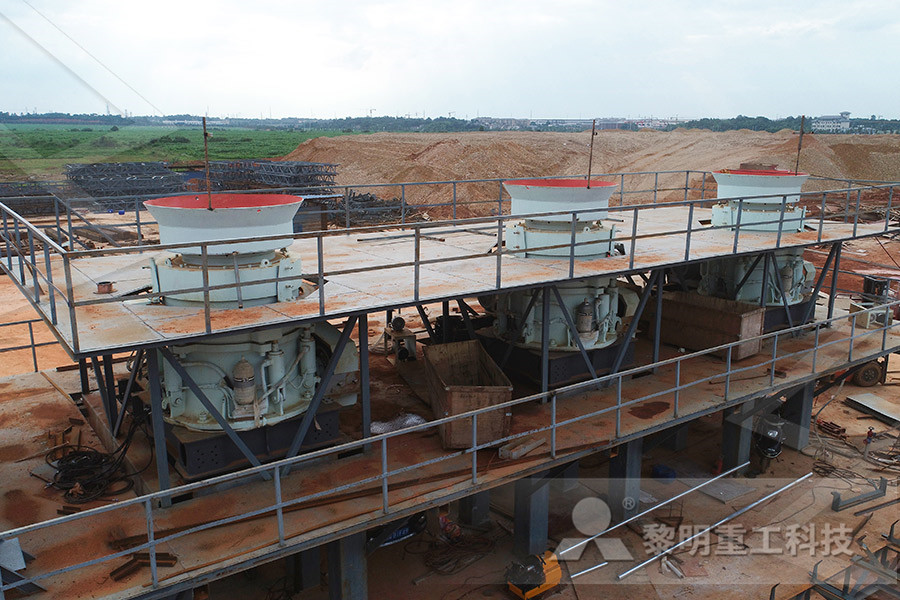
Strength as a function of particle size for silica sand
Capping the smallest particle size d s at 0 5 mm (25% of d 0 ) (ie particles of size d s have infinite strength) results in the compression line and grading curve shown in Fig 10 alongside Grain size (or particle size) is the diameter of individual grains of sediment, or the lithified particles in clastic rocksThe term may also be applied to other granular materialsThis is different from the crystallite size, which refers to the size of a single crystal inside a particle or grain A single grain can be composed of several crystalsGrain size Wikipedia